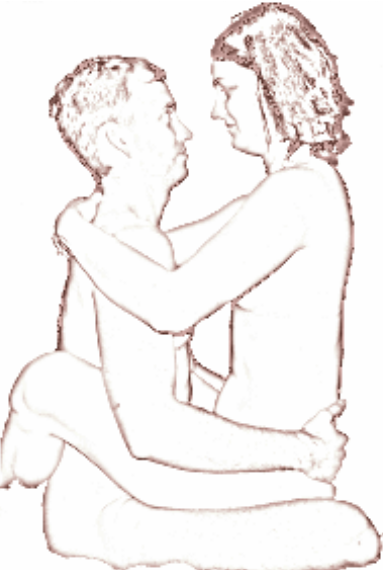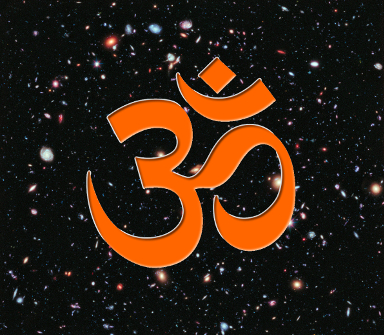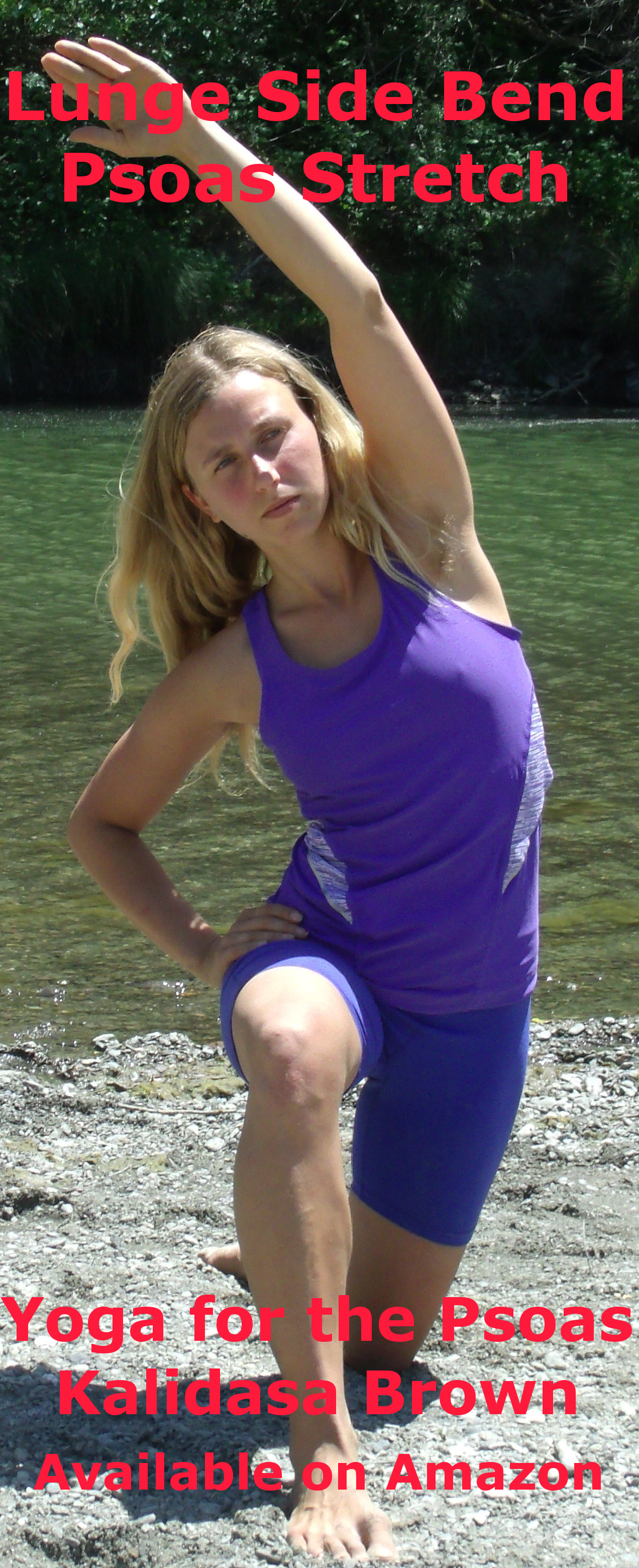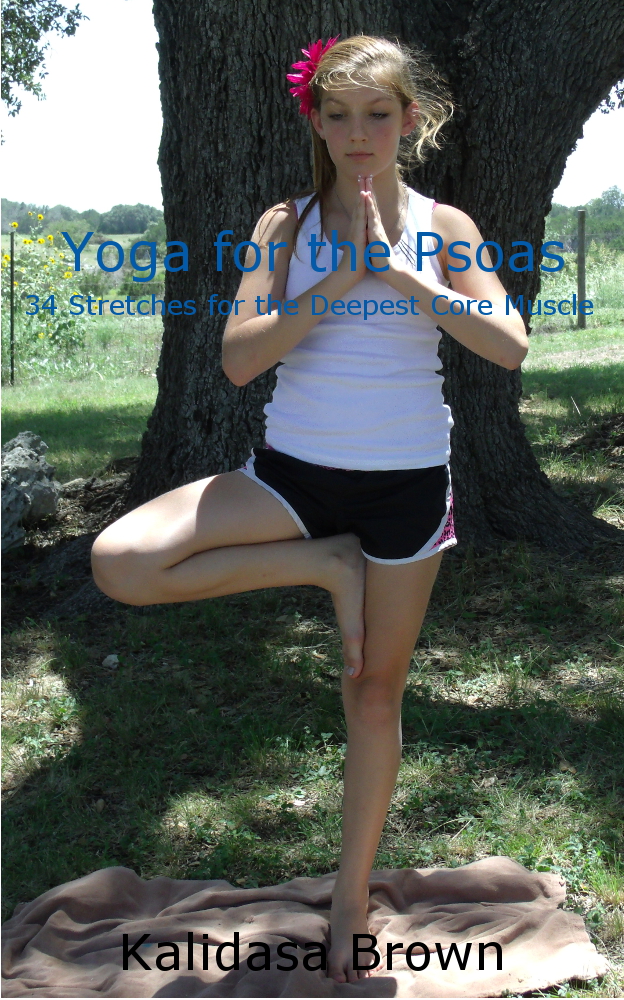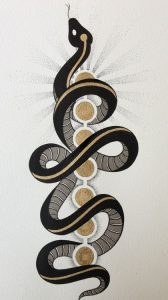There are many different types of meditations with different objectives. One of the primary goals of most practices is to help the practitioner in achieving their life’s goals.
One of the main aspects of meditation is focus. Over time meditation can train the mind to focus on whatever is important to the practitioner which increases their ability to get what they want in life.
In a very famous yogic scripture called (roughly translated as) The Yoga Aphorisms of Patanjali, or The Yoga Sutras, meditation (which will be referred to as deep meditation from now on) is broken down into three main parts. This process is designed to clear the mind so the practitioner can focus on the object of their desire.
Note: the different parts of meditation can also be called stages or steps
The parts of deep meditation are: concentration, meditation and absorption. These words are rough translations from Sanskrit which indicates that they have deeper meanings. And in the Sutras the word meditation is used twice to help really confuse things! That is why we will call the general subject of meditation deep meditation, the three parts put together.
Concentration is the start of meditation. This is the one pointed focus of attention on something. That something completely depends on the individual. It has to do with their experience and desire. If their desire is only for Truth then that is what they will focus on. But, if they are like most people, their desire will likely in the worldly realm.
While it is possible to meditate on attaining something in particular like a partner or wealth, it is usually better to have a more general goal like improving yourself in some way. Once your mind is strong and focused, life tends to send you what is best for you, what will fulfill you in your life. And more importantly, you will gain the ability to go directly after what you want rather than just dreaming about it. Practicing concentration develops concentration and focus that supports the fulfillment of all your life’s desire.
The second stage of deep meditation is called meditation. Meditation happens when concentration becomes steady. While concentration can be disturbed by many factors, meditation is immune to most influences. That is, focus becomes so strong that nothing short of a sudden shock can break it.
Once you are steady in the meditation stage you are primed for absorption, the third stage of deep meditation. At this point you are only ready for absorption because all you can really ‘do’ in meditation is focus and be open to the truth of what you are seeking, absorption can not be forced.
It takes acts of will to get to this point, and will power to stay steady in your meditation. Absorption requires an act of surrender, giving yourself over to the object of your attention. It takes faith that you will break through to both continue, and for the break through to happen.
Absorption is merging with that which you are focused on. There isn’t really a better way to explain it except through examples. Let’s look at the three steps of deep meditation with a couple of examples.
An example of deep meditation is study. When you focus on a subject that you don’t know much about there is a lot of distraction. First, is the fact that it is hard to understand the subject. Then, there are numerous outside distractions like hunger, discomfort, tiredness, our inner dialogue, thoughts, frustration and so many more distractions that it’s impossible to know them all.
But, you keep bringing your attention back to the subject. You use your will power to pull your focus back onto your studies again and again. Eventually, you start to get a bit of a handle on the subject. Your focus gets stronger as your understanding increases.
Then, your attention is on the subject for a long time. You start to develop a pure focus that is no longer distracted by the little things. Your concentration is now steady as you meditate on the subject. You may not fully understand it yet, but you understand enough about it that you can stay with it for long periods of time without distraction.
Then. finally, you get it! Something clicks and you finally understand in a way that is completely different from before. You may still not be there completely, but your new understanding is deeper than you ever could have imagined when you first started. Your consciousness of the subject has shifted.
Another example is the enlightenment technique. An enlightenment experience is an absolute change in consciousness. It is consciousness of a state of direct knowledge of yourself as you truly are. This is one of the best uses of meditation; to have such a deep experience of yourself that your consciousness is profoundly changed from one state to another permanent state of consciousness. It is simply life changing.
Getting to that permanent state of consciousness is a difficult process that usually takes years of deep meditation. But, it can happen much faster when the meditation is done during an Enlightenment Intensive (EI). That is where the enlightenment technique used in this example comes from.
To have such a deep experience of the self you have to focus on yourself at a very deep level for a long time. That starts with concentration. The technique is to continually bring your attention back to yourself again and again. Distractions will come up and cause you to lose your focus, but the environment is set up to maximize your capacity to develop your ability to come back to yourself. In an EI this usually takes a day or two.
By the middle of the second day most people will be at a point where their focus is steady. They sit in contemplation for long periods of time without distraction. They have achieved the meditation phase of deep meditation. But, they aren’t at the point of absorption yet.
However, they are primed for absorption. At this point all you have to do is continue doing the technique, continue with your attention on yourself while being open to directly experiencing yourself as you truly are. That is all you can do. Enlightenment comes by no means, it just happens in a timeless instant, and all you can do is be open to experiencing yourself as anything.
Now, you sit in deep meditation, or contemplation as it is called in the EI (contemplation is the word used to describe doing the enlightenment technique in an EI) for long periods of time that usually takes years to achieve in a Zen monastery. You are, in fact, in a deep meditative state at this point. Eventually you have a break through, and you become absorbed in the self.
This may seem obvious, but you have a direct experience of yourself contemplating yourself. The breakthrough is realizing at an absolute level that the two ‘selves’ are really the same! In reality, you merge with yourself, which is the experience of absorption. This description is limited, you can read more about what an enlightenment experience is here.
That description of the enlightenment technique was greatly shortened to keep this from being too long. You can read a better explanation of it at the link above. But, it works well as an example of deep meditation.
You can use this knowledge to start a meditation practice, or you can learn different practices taught by a lot of different teachers. Here is a list of the meditation practices that I am created for you here. Feel free to ask about others and I will do my best to describe as many of the various practices as possible. As you learn about different types of meditation> you can look for the three stages, that will help you go deep into whichever practice you chose.
Read the next article in this series: Two Main Types Of Meditation

